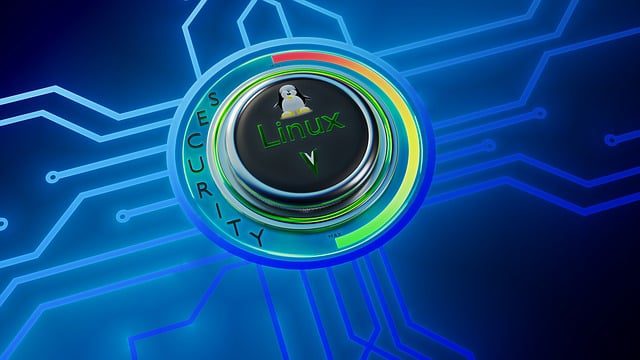
Primarily found on Unix-like operating systems, the `cpio` command-line utility weaves a fundamental thread, enabling users to package and unpackage files within archive files. Esteemed for its versatility and support for multiple archive formats, `cpio` stands as a stalwart tool in the arsenal of system administrators and users alike. However, a recent discovery has pulled a thread loose, revealing a vulnerability that could affect the very fabric of system security.
Dubbed CVE-2023-7216 and rated with a concerning CVSS score of 8.8, this vulnerability exposes a path traversal flaw in the `cpio` utility. This flaw could allow a remote, unauthenticated attacker to orchestrate a scenario where an unsuspecting user, by the simple act of extracting a specially crafted archive, unwittingly opens the gates to their system.

The crux of CVE-2023-7216 lies in the utility’s handling of symbolic links (symlinks) during the extraction process. `Cpio`, in its default comportment, follows stored symlinks within archives without verifying their final destination. This oversight permits an attacker to create archives that, when extracted, leap out of their intended confines to sow seeds of chaos in directories far beyond their reach.
Imagine, if you will, an archive crafted with malicious intent, containing a symlink designed to traverse directories and plant a file directly into `~/.ssh`, `~/.bashrc`, or `~/.config/autostart/`. Such actions could range from the benign to the malevolent, embedding commands that could be executed without the user’s knowledge, effectively handing over the keys to the system kingdom.
To illustrate the gravity of this vulnerability, security researcher Febin Mon Saji meticulously outlined a Proof of Concept (PoC), shedding light on the simplicity with which this exploit can be leveraged. By creating a symbolic link within a test directory and using `sed` to manipulate the archive, an attacker can craft a `cpio` archive designed to break free from its extraction directory, painting a target on the back of any system using `cpio`.
In the hands of a skilled adversary, this exploit could be used to gain unauthorized access, escalate privileges, or even gain full remote command execution on the victim’s system. The potential for harm extends beyond individual users to software ecosystems that incorporate `cpio` as a component, amplifying the threat landscape.
In response to this discovery, the cybersecurity community is called to action. System administrators and users must patch their systems and remain vigilant, while software developers using `cpio` must reassess their use of the utility to ensure they are not inadvertently exposing their applications to this vulnerability.